What kind of ingenuity is hidden in the delicate and delicate Sukiya architecture? We will explain the skills of Sukiya carpenters through a full-scale tea room structure model specially produced for this exhibition or various partial models.
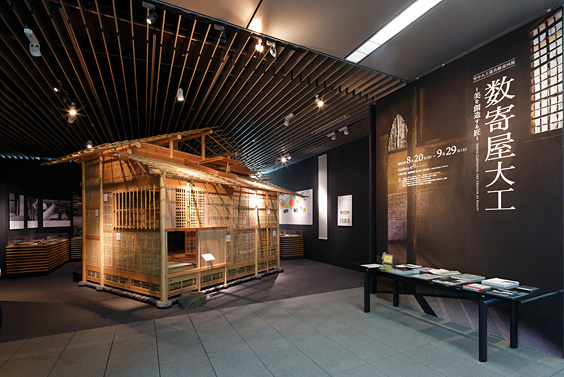 |
 |
| Full-size tea room structure model (appearance and inner view) [manufactured by Yasui Moku Corporation] A full-size model with the wall removed. Take off your shoes, go inside, and use the structure and technology. You can check it. Daitoku-ji Tamarinin Minoan (important cultural property) is a model. |

|
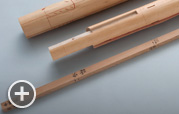 |
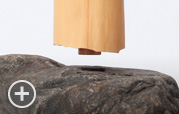 |
| Various types of tea room kishie-zu | Model with log ink | Hikari-tsuki model of root stone and pillar |
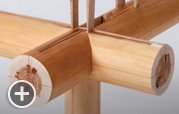 |
 |
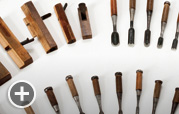 |
| Log gesture model (twisted) | Osa Ruler and Moution | The tools of Katsura's head (Hideo Kawakami) |
Sukiya's detailed design combines the skills and wisdom of Japanese craftsmen, such as the selected materials, the aesthetic sense of the ridge that sorts them, or the craftsmanship of carefully and finely processing the materials. Here, we will introduce the materials and production techniques for famous trees, fittings, fittings, fittings, tatami mats, etc.
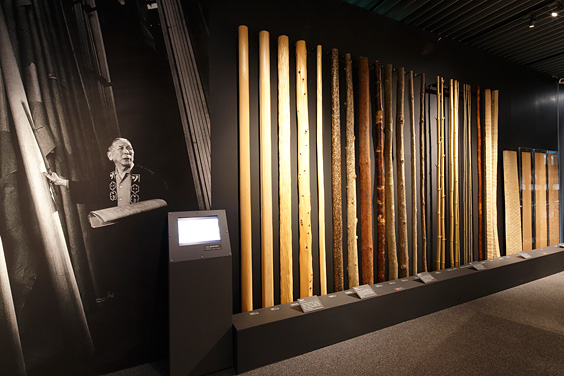 |
 |
| Exhibition of logs and health equipment used for Sukiya work |
 |
 |
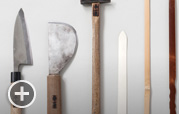 |
| Watermark column pattern | Watermark Ranma sketch | Tools for fittings |
 |
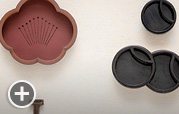 |
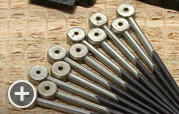 |
| Hikite metal fittings found in fusuma | Design of various hands | Tools for making tatami mats |
Introducing the works and relics of master craftsmen who played an active part from the Meiji era to the Showa era. These are famous ridges such as Seibei Kimura, Kaichiro Usui, Sotoji Nakamura, Masaya Hirata, and Bunjiro Mizusawa. Even if you know the name in books and architectural works, there is little opportunity to see real materials that allow you to feel the spirit of the master. This exhibition will be a special opportunity to be able to touch them.
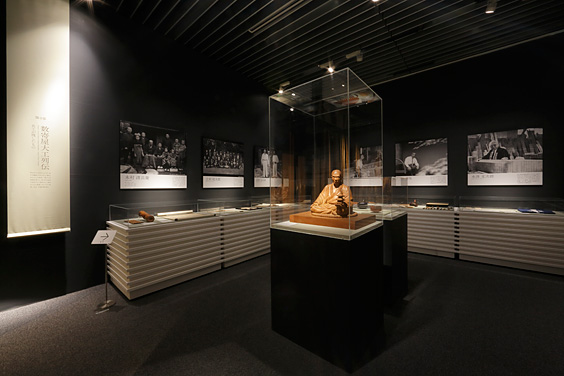 |
| Master craftsmen in Sukiya work |
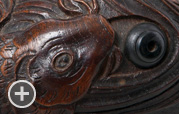 |
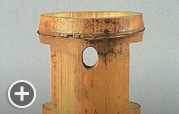 |
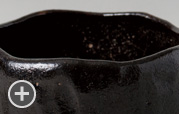 |
| Ink pot | Takehana-iri 'Toryori' | Tea utensils |
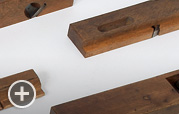 |
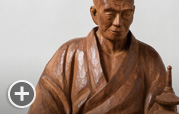 |
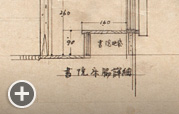 |
| Carpenter Tools of Sotoji Nakamura | Self-imprint of Masaya Hirata | Sushian Tokyo branch design drawing |
In order to convey traditional aesthetic sense and skills, it is effective to convey images with video works together with the display of materials. In this exhibition, we will show a video work "Sukiya Carpenter -The Creator of Beauty", which introduces the work of Sukiyashi, and a work "Growing Kitayama Sugi, Kyoto", which introduces the development process of Kitayama Sugi, which is indispensable to Sukiya.
 |
 |
| Sukiya Carpenter -The Creator of Beauty (20 minutes, production 2012) Along with this exhibition, we have created a new video material introducing the work of Sukiya carpenter. |
Growing up Kitayama Sugi, Kyoto (28 minutes, production 2006) Kitayama Sugi has beautiful skin known for its pillars of tokonoma. We will introduce the state of training together with the tools used. |
We sell catalogs at the venue. <500 yen / 1 copy, A4 size, 90 pages>
We also accept sales by mail. Click here for more information.
 |
Contents Greetings The road where Sukiya carpenter walked, Masao Nakamura Sukiya's spatial design: Susumu Hyuga Sukiya Koshi The spread of tea ceremony and the development of Sukiya architecture. Kunio Kirisako Chapter 1: Demolition of Tea House: How to Make Sukiya Architecture The World of Sukiya Carpenter / Skills of Sukiya Carpenter / Tools / Woodwork of Tea House Chapter 2: Details of Sukiro ~Delicate Technology~ Log / Ceiling material / Bamboo / Naguri / Earth wall Fittings / fittings / fittings / fittings / tatami mats [Column] Growing Kitayama Sugi Shimoji window Ranma Design from Kaichiro Usui's work: Yasutaka Matsumoto Karagami's traditional beauty world Chapter 3: Sukiya Carpenter Tradition: What a Master Craftsman Leaves Seibei Kimura / Chijiro Kitamura / Denbei Kitamura Kaichiro Usui / Sotoji Nakamura / Masaya Hirata Bunjiro Mizusawa / Other Artists [Column] Development of Sukiya and carpenters in modern times Kunio Kirisako Sukiya carpenter and drawings: Yasutaka Matsumoto Modern Sukiya Architecture to the Next Generation, Takashi Imazato Video work Outline of the event References |





